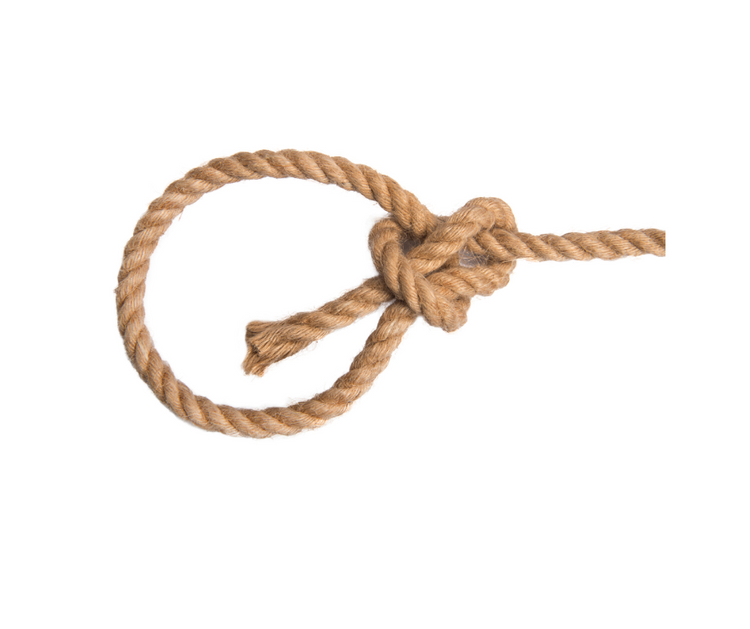Fishing is a good way to relax in the sunshine, enjoy the fresh air, and catch some fresh fish. But fishing can also be an incredibly rewarding pastime for fly fishermen, who pursue a specific challenging pursuit that tests their skills in both patience and speed.
Fishing may seem a very simple process. All you have to do is get a rod, reel or net and then wait for the fish to come to you. However, there are many other things that need your attention before you can actually catch your prey. One of them is knotting up your fishing line so it doesn't become tangled or break.
Fishing is an activity that can take you back to simpler times, where you're surrounded by nature and struggles are few and far between. With this article, we'll give you a list of quick tips and tricks of the trade that will help you become a better fisherman!
What are the most important fishing knots you should learn?
There are a variety of fishing knots you can use while out on the water. Some of the most important knots include the fisherman’s knot, the bowline, the reef knot, and the clove hitch. Each of these knots can be used in a variety of ways to help secure your catch or keep it from getting away. By learning these knots, you’ll be able to have more success when fishing in any situation.
How to tie Fishing Knots
There are a few essential fishing knots that every angler should know. The most basic knot is the fisherman’s knot, which is simply a loop made by taking the end of one line and passing it through the other line twice. This knot can be used to secure lines together, hold bait or lures in place, or attach a weight to a monofilament fishing line.
Another common knot is the overhand knot, which is similar to the fisherman’s knot but has an overhand formation. It can be used to tighten or loosen a line, hold a fish in place, or suspend a bait from a rod. The tautline hitch is another versatile knot that can be used for many purposes.
It’s made by taking the end of one line and placing it over the end of another line, then pulling both lines tight. This knot can be used to attach lines together, suspend a lure from a rod, or hold down bait for a fish to bite on.
The slip knot is especially useful for catching small fish or for tying on tags or lures that have weights attached. When tied correctly, the slip knot will hold whatever it's tied onto securely.
Knots for different situations: freshwater fishing, fly fishing, etc.
If you're a fishing enthusiast, you need to be familiar with a few fishing knots. These knots are essential for different situations, such as freshwater fishing, fly fishing, and even saltwater fish hunting. Learning how to tie a knot is an important skill for anyone fishing, whether you're targeting fresh or salt water. Here are some of the most common easy to tie knots you'll need to know: the bowline, the clove hitch, the fisherman's knot, and the reef knot.
The bowline is a simple but effective knot for tying a line around a post or anchor. To tie it, take a piece of monofilament line about twice the circumference of the post or anchor you're tying to and make a loop. Make a small loop in the end of the line you just created and put this through the original loop. Hold on to the ends of both loops and pull tight. The bowline should now be tied securely.
The bowline knot is used most often when fishing with a line and hook. It's simple to tie and can be used in many different ways. For example, you can use it to secure a line around an object, or attach the line to the hook.

The clove hitch is another versatile knot that can be used for many things, including tying down cargo or attaching a sail to a boat. To tie it, take two lines, each about 50 feet long, and make a loop in one end of each line. Put one loop over the other and hold on tight.
Now twist the lines together until they're tight – don't pull too hard, or you'll damage your lines. The clove hitch will now be tied securely. And finally, the clove hitch is perfect for tying down pulley systems or making other arrangements that require a strong hold.

The half hitch knot is another common knot used when fishing with a line and hook. It can be tightened to make sure the line stays tight, or loosened to let the fish go free.

The Conclusion
There are dozens of different fishing knots out there, and it can be tough to know which one to use for a particular situation. By learning just a few of the most common fishing knots, you will be able to tackle most any fishing situation with confidence.
Fishing can be a very rewarding pastime, but it can also be dangerous if you don’t know the right fishing knots. With these knot skills under your belt, you will be able to put food on the table for not only yourself but for your loved ones as well. Happy angling!

